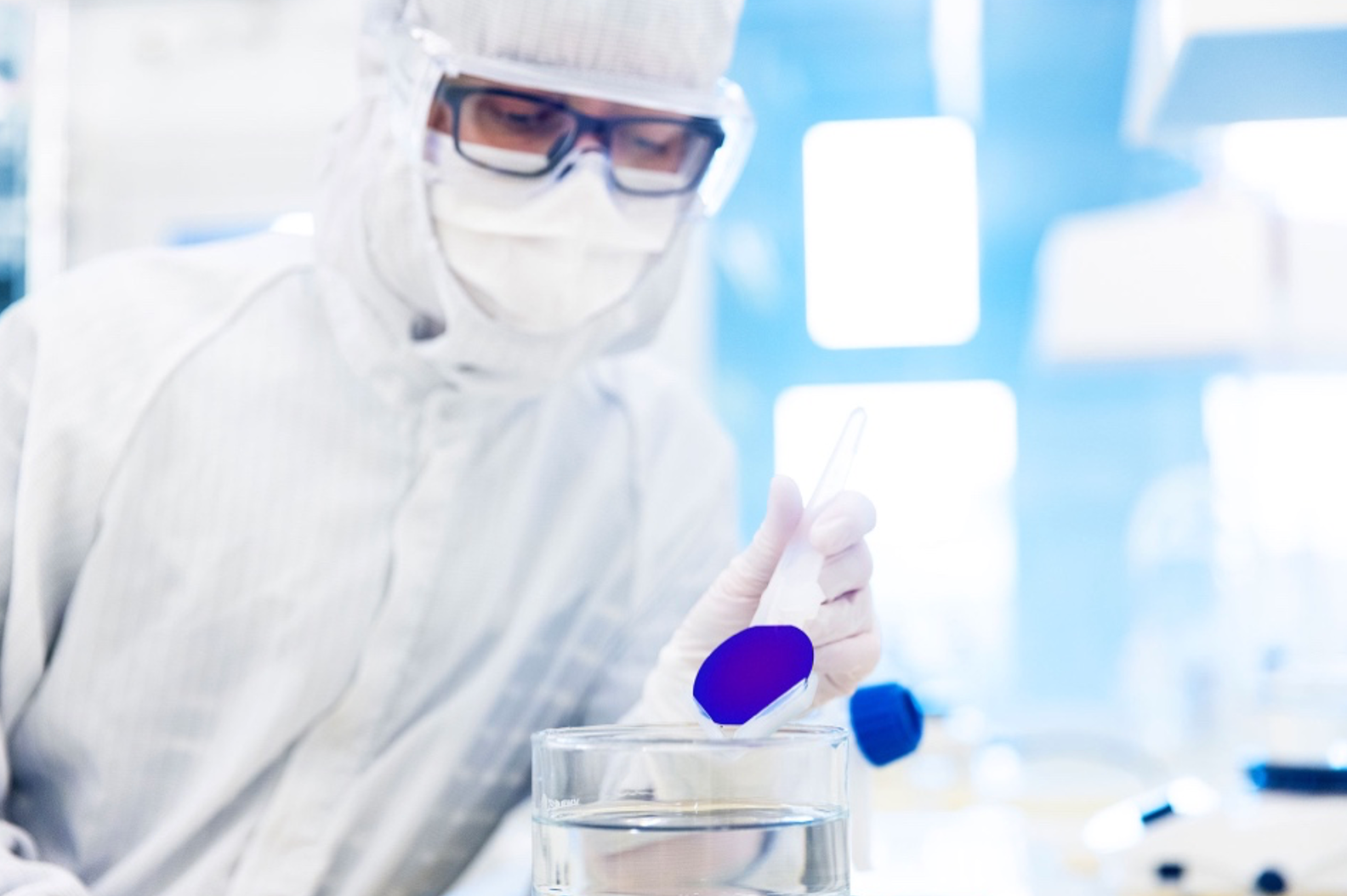The Gothenburg based company ConScience AB has together with partners been funded two grants totaling 10MSEK for developing advanced nanofluidic imaging technology and neuromorphic computing.
 ConScience team in the cleanroom. Image Credit: Francis Löfvenholm, copyright Conscience AB.
ConScience team in the cleanroom. Image Credit: Francis Löfvenholm, copyright Conscience AB.
In the first project, ConScience will be developing Nanofluidic Scattering Microscopy (NSM) technology together with the Chalmers spin-out Envue Technologies AB. ConScience is re-sponsible for the nanofluidic chip design and fabrication. Thus, in this project ConScience will design and build the single-molecule nanofluidic device that enables NSM detection method. The development of this system prototype will be validated and demonstrated together with users in an industrially relevant environment.
Previously, ConScience has been deeply involved in microfluidic and nanofluidic applications where they offer custom-designed microfluidic systems and molds for biological research and fundamental polymer science. Our microfluidics systems have been developed in close collaboration with our clients, aiming at maximizing comfort and flexibility for nanofluidic experiments.
The system comprises framed nanofluidic chips, chip holders, and a pressurizing unit that can be assembled easily. Our nanofluidic chips are custom-designed and typically made of glass, fused silica and glass-silicon composite materials with a high degree of biocompatibility and high resistance to difficult environmental conditions (e.g. aggressive chemicals and/or high temperatures).
In this new project, lead by the Chalmers based startup, Envue Technologies which is developing technology utilising nanofluidic chips as tiny optical sensors in combination with advanced light illumination and data analysis to detect and measure individual biomolecules in solution. Envue’s patented innovation uniquely estimates a biomolecule’s mass and size - two key parameters in life science - without the need for modifying processes of labels or advanced surface chemistry. The technology has the potential to disrupt the bioanalysis market by enabling rapid measurement of biomolecules, such as proteins, DNA, RNA, and exosomes, with a greater reliability and efficacy than existing alternatives.
The other new grant focuses on neuromorphic computing – specifically making artificial neurons for micro and nanoelectronics. These neurons mimic the way the brain works, unlike traditional transistors and opens the possibility for alternative computing architectures and AI which solve problems like the human brain.
The project is a collaboration between KTH and ConScience AB pioneer development of photonic neuromorphic computing systems on a Lithium Niobate on Insulator (LNOI) platform, thus tackling the limitations of standard Silicon based technologies. The project is predicated on the "More than Moore" notion, seeking to transcend the restrictions of traditional von Neumann approaches through integrated photonic, stochastic, and neuromorphic computing methodologies. This approach promises superior energy consumption and bandwidth performance, particularly advantageous for machine learning applications due to their highly parallel architectures and efficacy in matrix multiplication operations that are responsible for the major part of the energy consumption in today’s AI systems. SOI platforms, despite their demonstrated utility in transceiver development, are energy-inefficient when used for optical analog computing. The energy required for tuning the weights in Photonic Integrated Circuits (PICs) is a major bottleneck hindering the miniaturization of optical systems. LNOI is a compelling alternative, offering low-loss propagation, low-energy electro-static switching, and the possibility of dense integration with detectors and sources hybrid integrated onto a single chip platform.